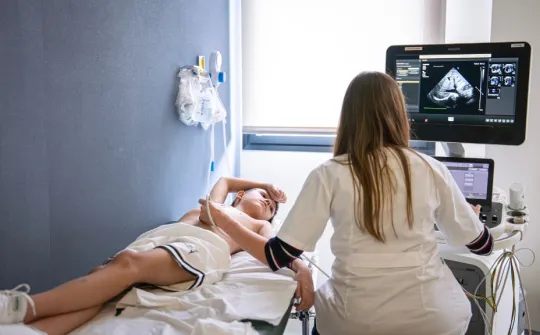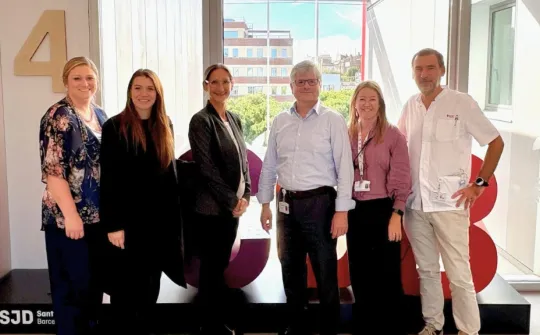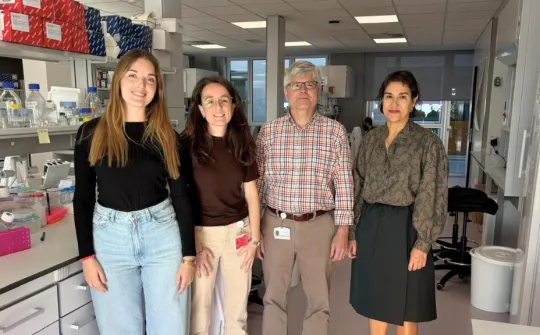
New therapeutic approach against retinoblastoma at SJD Barcelona Children’s Hospital elected the most important scientific breakthrough of 2019 in Spain.
A research study on retinal cancer led by researcher Angel Montero Carcaboso has been chosen as the most important scientific breakthrough of 2019 in Spain. The study, by the Sant Joan de Deu Research Institute (IRSJD) and SJD Barcelona Children’s Hospital, won the Vanguardia Sience Award with 18.6% of the votes of the Scientific Committee and 43.5% of the votes of readers of the newspaper La Vanguardia, ahead of the other seven nominations. In fact, three projects on biomedicine were the most highly rated by readers in the tenth year of this award.
The award-winning research, which also involved doctors Jaume Català Mora and Guillermo Luís Chantada, consists of a new therapy to treat retinoblastoma, which accounts for 11% of malignant tumours in children under the age of one.
This therapeutic approach was introduced at SJD Barcelona Children’s Hospital last year. It is indicated for tumours which do not respond to conventional treatments and has already helped preserve one patient's eye.
The aim of the Vanguardia Sience Award, presented jointly by the newspaper La Vanguardia and the Catalunya La Pedrera Foundation, is to bring science closer to the public and give visibility to the most outstanding research projects.
This pioneering therapy, which was published in the journal Science Translational Medicine and received the Odile Schweisguth pediatric oncology award, involves injecting a genetically modified virus into the affected eye. The aim is for the virus to select, attack and destroy the cancer cells, and it is applied in patients with retinoblastoma who do not improve with currently available treatments and are eligible to participate in the clinical trial being conducted by SJD Barcelona Children’s Hospital.
Retinal cancer, or retinoblastoma, is diagnosed in 8,000 children all over the world each year. In 30% of cases, the cancer does not respond to current treatments, and this means patients will lose their vision and even need to have the affected eye removed. The hope with this new therapy is to avoid having to remove the eye in so many patients and reduce cases of blindness in children with retinoblastoma.



